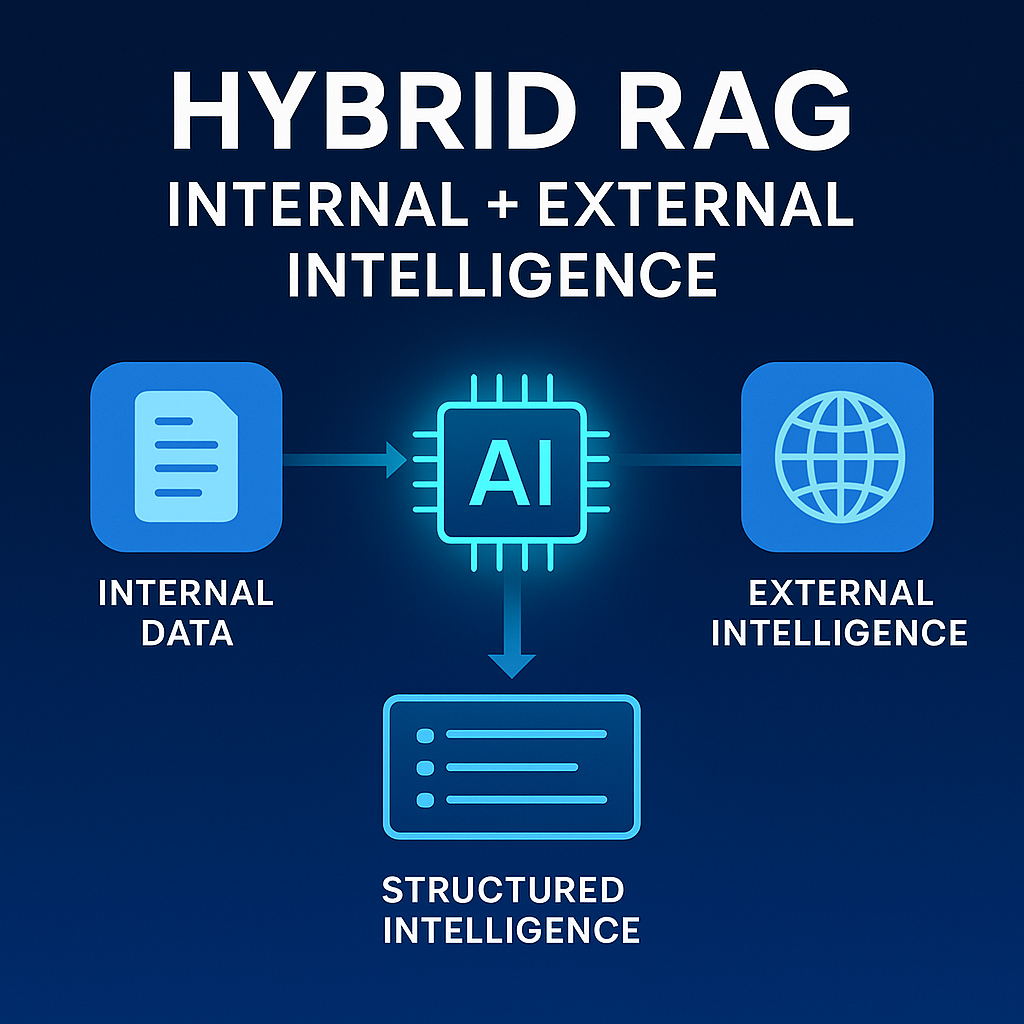Innovation is a vital aspect of any organization's success, as it allows for the development of new products, processes, and services that can drive growth and increase competitiveness. It also helps organizations weather times of uncertainty. As a recent McKinsey & Company article put it, "When the times get tough, the tough get innovative and create paths to future growth." Read the full article here.
Measuring innovation in an organization can be challenging but it is important to track progress, identify areas for improvement and make data-driven decisions. Companies can use a combination of metrics, surveys, interviews, investment in R&D and talent retention as measures of innovation.
Metrics
The act of measuring innovation can be challenging, as it often involves intangible factors such as creativity, ideas, and new ways of thinking. One way to measure innovation is through the use of metrics. These can include metrics such as the number of patents filed, the number of new products or services introduced, and the percentage of revenue generated from new products or services. These metrics provide a quantitative way of measuring innovation and can be used to track progress over time. Read more about the research Traction Technology does to deliver enterprise-ready technology vendors to you.
Surveys
Another way to measure innovation is through the use of surveys and interviews. These can be used to gather feedback from employees and customers on the organization's ability to innovate. Surveys and interviews can provide valuable insights into the organizational culture and processes that support innovation, as well as any barriers that may be preventing innovation from taking place.
R&D
Companies can also measure innovation by looking at the amount of investment made in research and development (R&D) or the percentage of revenue allocated to R&D. Companies that invest heavily in R&D tend to have a strong focus on innovation and are likely to be at the forefront of new developments in their industry.
Talent
A final measure of innovation is the companies' ability to attract and retain talent, especially in the fields of research and development., engineering, and product development. This can be a good indicator of the company's reputation and ability to attract the best and brightest talent in the industry.
Ultimately, measuring innovation is a complex task that involves a combination of quantitative and qualitative methods. By using a variety of metrics, surveys, and interviews, organizations can gain a better understanding of their ability to innovate and identify areas for improvement.
Post Update: How Open AI and AI can be used to measure innovation in companies.
AI, including OpenAI's ChatGPT, can be used to measure innovation in companies by analyzing various data points, automating processes, and providing insights that can help track progress and identify areas for improvement. Here are some ways AI can be utilized to measure innovation:
- Analyzing patent data: AI can analyze patent databases to identify trends and evaluate a company's innovation output compared to its competitors.
- Monitoring R&D activities: AI can help track a company's research and development activities by analyzing relevant data, such as R&D investments, publications, and product releases.
- Analyzing financial metrics: AI can be used to analyze financial data, such as R&D expenditure as a percentage of revenue, to assess the company's commitment to innovation.
- Sentiment analysis: AI can analyze textual data, such as customer reviews, social media posts, or internal communication, to gauge the sentiment and perception of a company's innovation efforts.
- Text mining: AI can mine textual data from various sources, including research articles, news articles, and corporate documents, to extract valuable insights about the company's innovation activities and trends in the industry.
- Network analysis: AI can analyze collaboration networks within and outside the organization, identifying key players, trends, and patterns that drive innovation.
- Benchmarking: AI can compare a company's innovation performance with its peers or industry benchmarks, allowing organizations to identify strengths, weaknesses, and opportunities for improvement.
By leveraging AI tools and technologies, companies can obtain a better understanding of their innovation performance and use this information to drive continuous improvement, ultimately leading to more successful innovation outcomes.
How can Traction Technology help?
Traction Technology is a ground-breaking platform engineered expressly to eliminate internal innovation silos, thereby enabling enterprises to seamlessly collaborate and align their business needs with promising technologies. By providing dynamic features that promote collaboration and innovation, they aim to accelerate digital transformation in the enterprise.
Here's how Traction Technology can help:
.png)
Discovery of Relevant Startups: Traction Technology helps established companies discover relevant advanced technologies aligned with their strategic goals and innovation areas. It curates startups based on different industries, technology trends, and areas of business interest, making it easier to find potential partners or investment opportunities and share this information across the enterprise.
Collaboration and Engagement Tools: Traction Technology offers tools that help manage the engagement process with startups. It provides a structured approach to evaluating, tracking, and managing interactions with multiple startups across multiple project and pilots, improving efficiency and collaboration.
Data-Driven Insights: The platform provides data-driven insights to help make informed decisions. This includes information on startup funding, growth indicators, customers and competitors, which can help in assessing potential startup partnerships.
Innovation Pipeline Management: Traction Technology aids in managing the innovation pipeline. It helps companies capture ideas and request and track innovation projects, monitor progress, and measure results in real time, promoting a culture of continuous innovation.
Track KPIs and Generate Custom Reports: Effortlessly track Key Performance Indicators (KPIs) with real time dashboards and generate custom reports tailored to your organization's unique requirements. Stay
.png)
ahead of the curve by monitoring projects progress and engagement.
By leveraging a platform like Traction Technology, established companies can gain a competitive edge, driving their digital transformation journey and adapting to the fast-paced business environment. It supports the integration of startup agility, innovation, and customer-centric approach into their operations, which is critical for success in the digital age.
About Traction Technology
We built Traction Technology to meet the needs of the most demanding customers, empowering individuals and teams to accelerate and help automate the discovery and evaluation of emerging technologies. Traction Technology speeds up the time to innovation at large enterprises, saving valuable time and money by accelerating revenue-producing digital transformation projects and reducing the strain on internal resources, while significantly mitigating the risk inherent in working with early-stage technologies.
Let us share some case studies and see if there is a fit based on your needs.
Traction Report Update: 23 ways AI could transform your business in 2023.
For more information
● Explore our software and research services.
● Download our brochure: How to Evaluate Enterprise Startups.
● Watch a demo of our innovation management platform and start your free trial.








.webp)